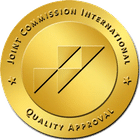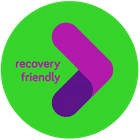Types of Addiction
Opiate Addiction
Opiate and Opioid Addiction Treatment
For individuals who are ready to overcome opiate addiction, or opioid use disorder (OUD), GateHouse Treatment offers a personalized approach to treatment with a multitude of therapy options. We provide those with OUDs with more avenues to pursue a healthy recovery with a significantly lower chance of relapse. When you choose GateHouse for your recovery process, you receive invaluable tools and resources based on proven methodologies, with a treatment plan catering to your needs. Get in touch with us today to start your recovery journey.
GateHouse offers multitude of therapy options, giving opioid abusers more avenues to pursue recovery from opiate addiction. Common options to treat opioid/opiate abuse are:
Cognitive Behavioral Therapy
Several licensed clinicians use Cognitive Behavioral Therapy (CBT) to help with the recovery process in clients suffering from addiction. The main idea in CBT is that thoughts, feelings, and behaviors all connect in a way that influences one another; in turn, by modifying one of these, you can change your behaviors and thoughts that could affect you adversely.
Pharmacogenetics
At GateHouse Treatment, we offer individualized treatment plans and “personalized medicine” with pharmacogenetics testing for our patients. We analyze which medications will react best with a patient’s genetic makeup; this way, individuals who originally became addicted to opiates from an injury can find a non-narcotic medication to help them manage their chronic pain.
What is Opioid and Opiate Abuse?
Opiates and opioids are medications or drugs derived from opium. Many legal and illicit substances are considered opiates or opioids.
Opiate abuse and addiction can occur in anyone, but they are more prominent in those who struggle with heroin addiction and abuse opioid medication at first. Opioids and opiates range from Schedule I to Schedule III drugs. The higher the drug schedule, the higher the potential for opioid abuse and opioid addiction. Even taking opioid medication prescribed by a doctor can still result in opiate addiction and opiate withdrawal in the patient. Anyone taking opioids in any form should wean off the substance to avoid experiencing painful withdrawal.
History of Opioids and Opiate Abuse
In the last 50 years, the heroin, opioid, and opiate crises have risen and fallen. Opiate and opioid abuse and addiction are again at a peak and have continued to rise since 1996 when OxyContin entered the market by Purdue Pharma. Opiate prescriptions jumped by 11 million after Purdue Pharma released its promotional video for OxyContin. In 2010, the makers of OxyContin released an “abuse-deterrent” factor in their pills, making them more difficult to crush and abuse through snorting or injection.
The abuse of prescription opioids is a prominent cause of the substance abuse epidemic the country currently struggles to fight. In response to the staggering numbers of those facing opiate addiction, the efforts of opiate treatment centers and resources have also doubled their efforts to offer opioid rehab services.
Common Street Names for Opioids and Opiates
- Roxys
- Percs
- Lean (Codeine)
- Narcos
- D’s (Dilaudid)
- Dope
- Hillybilly Heroin
- Blues
- Oxys
Physiology and Side Effects of Opioid and Opiate Abuse
Opioids increase the amount of dopamine and endorphins the brain releases. These naturally-made chemicals have a depressant effect on the body, calming and reducing pain. They are also associated with the pleasure and reward system of the brain. The brain learns to desire repeated actions that provoke feelings of pleasure, which is usually how opioid addiction starts.
With the repeated use of opioids and opiates, a user’s tolerance increases and more of the drug is needed to achieve the desired effect. Common side effects of opioid/opiate abuse are:
- Feelings of euphoria
- Drowsiness
- Sedation
- Itchiness
- Nausea
- Constipation
- Loss of Appetite
- Depressed Respirations
Understanding Opiate and Opioid Substance Abuse
When an individual abuses opioids, they experience intense euphoria, lack of pain, and an overall relaxed feeling. Repeated use and abuse of opioids cause the brain to require more opiates, and the body becomes physically dependent on the chemicals caused by the high of the drugs. The mental and physical dependence on opioids can become crippling to those who abuse opiates. The withdrawal from opioids is hazardous and causes users to resort to abuse to cope with the symptoms.
Quick Opiate Facts
- Opioid medications can be natural, semi-synthetic, and fully synthetic.
- More than 30% of overdoses involving opioids also involved benzodiazepines
- From 2012 – 2015 there was a 264% increase in synthetic opioid overdose deaths.
- Opioids are commonly prescribed for chronic pain.
- Opiate medications can be swallowed, smoked, snorted and, shot intravenously.
Signs of Opiate Abuse
Every person exhibits opioid abuse symptoms differently, some of the most common signs and symptoms of opiate abuse are:
MOOD
Euphoric Moods, improved self-esteem, irritability, aloofness, forgetfulness, lowered motivation, depressed, lowered Inhibitions
BEHAVIORAL
Stealing, lying, change of social circles, extreme sedation, defensive actions about medications, nodding off at inappropriate times, intentional injuries resulting in opioid prescriptions, wearing long sleeves in warm weather (to hide track marks), purchasing prescription medications on the street
PHYSICAL
Constricted pupils, dry mouth, constipation, nosebleeds, irregular sleep schedule, slowed breathing, flushed skin, unexplained itchiness, bruises and track marks (from IV opiate abuse)
Let us help
All Calls are Free and Confidential
"*" indicates required fields




